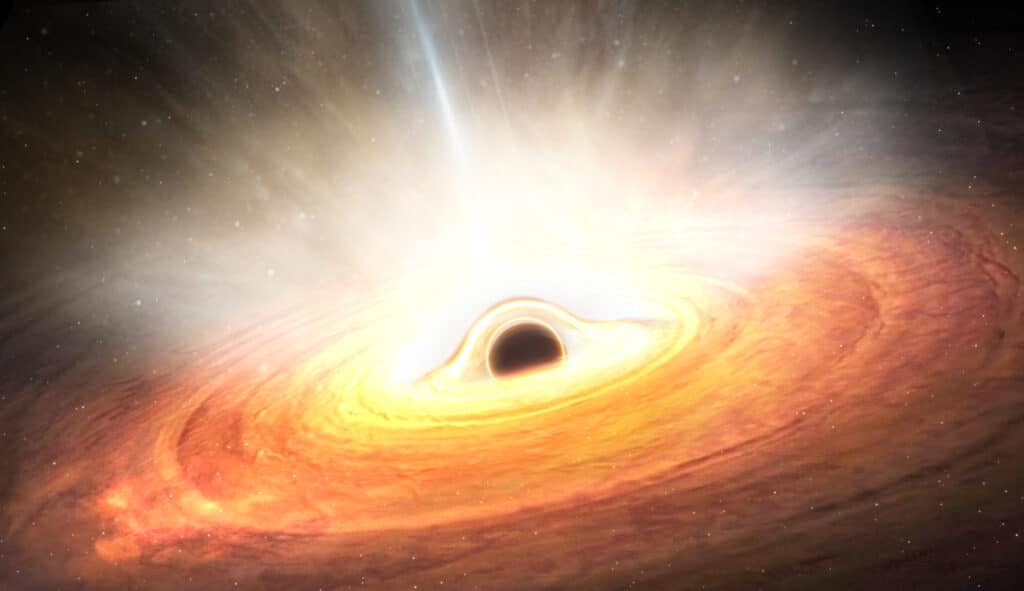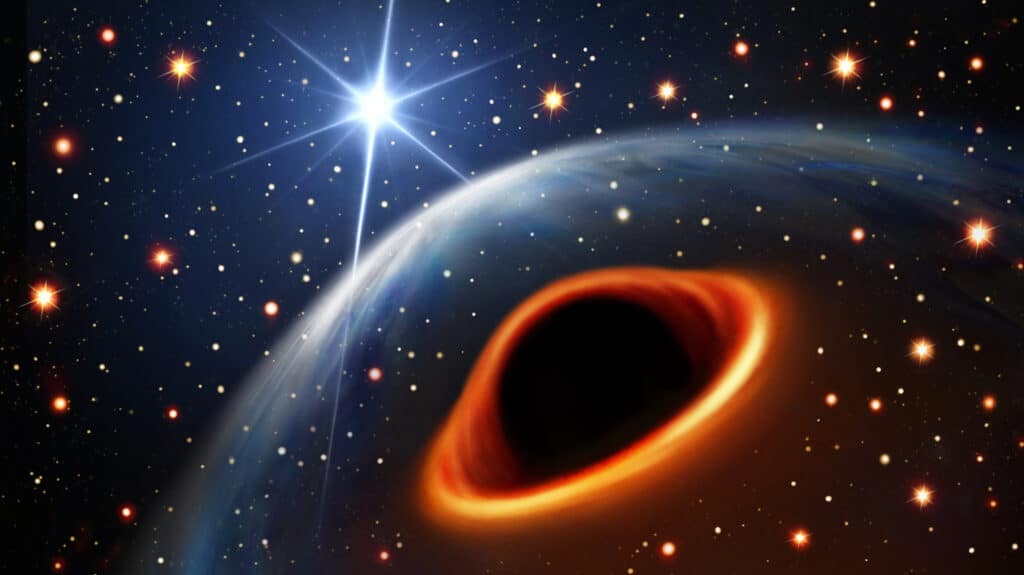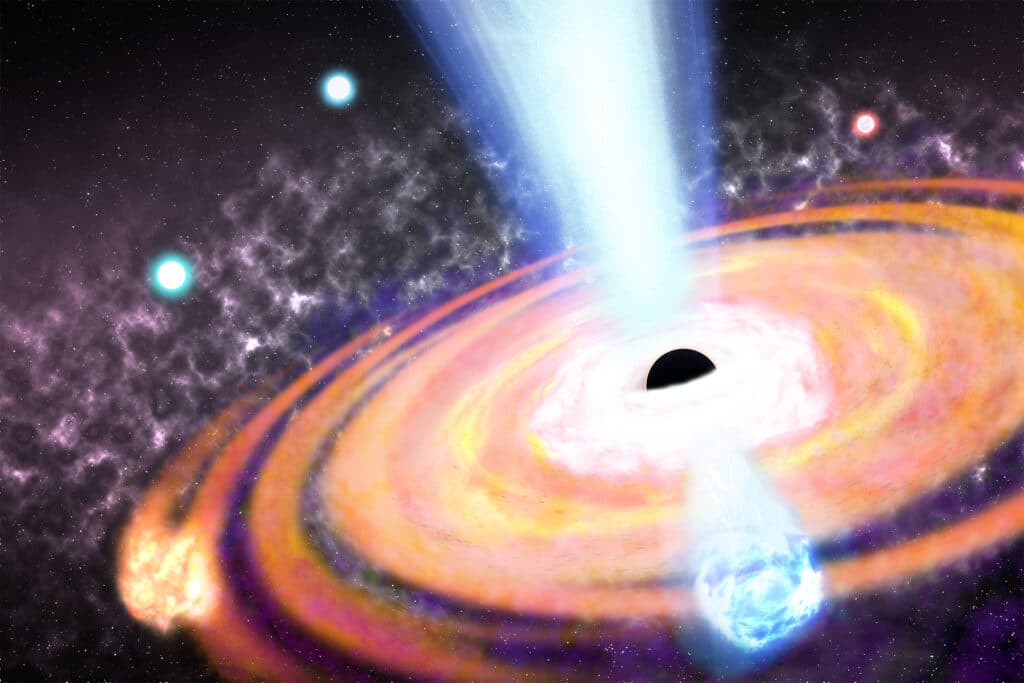Galaxies and black holes are going the chicken and the egg route: which came first? Scientists from Johns Hopkins University believe they have found out, fundamentally challenging previous theories on cosmic evolution. Using data from NASA’s James Webb Space Telescope, researchers have discovered that black holes existed at the very beginning of the universe and played a crucial role in the formation of stars and galaxies, contrary to the classical belief that they formed after these celestial bodies.
The study reveals that supermassive black holes were not only present at the dawn of time but also acted as “gigantic amplifiers of star formation.” This discovery suggests that black holes could be considered as building blocks or seeds for early galaxies, boosting their development significantly.

“They really boosted everything, like gigantic amplifiers of star formation, which is a whole turnaround of what we thought possible before — so much so that this could completely shake up our understanding of how galaxies form,” says study lead author Joseph Silk, a professor of physics and astronomy at Johns Hopkins University and at Sorbonne University’s Institute of Astrophysics in Paris, in a media release.
Traditionally, scientists believed that black holes formed from the collapse of supermassive stars and only came into existence after the first stars and galaxies had formed. However, the analysis by Silk and his team indicates that black holes and galaxies coexisted and mutually influenced their development from as early as the first 50 million years of the universe, a minuscule fraction of its 13.8 billion-year history. This period would be akin to the first days of January if the universe’s entire history were represented as a 12-month calendar.
“We’re arguing that black hole outflows crushed gas clouds, turning them into stars and greatly accelerating the rate of star formation,” notes Silk. “Otherwise, it’s very hard to understand where these bright galaxies came from because they’re typically smaller in the early universe. Why on earth should they be making stars so rapidly?”

This theory is supported by the observation of distant galaxies from the very early universe through the Webb telescope, which appear much brighter than anticipated, revealing high numbers of young stars and supermassive black holes.
Black holes, regions in space with gravitational forces so strong that not even light can escape, generate powerful magnetic fields and violent plasma outflows. These outflows, acting like enormous particle accelerators, are believed to crush nearby gas clouds into stars, providing a plausible explanation for the unexpectedly bright galaxies observed in the early universe.
Researchers predict two phases in the young universe’s evolution: an initial phase where black hole outflows sped up star formation, followed by a slowdown. This dynamic process led to a burst of star creation early on, far exceeding rates observed in later galaxies.
“We thought that in the beginning, galaxies formed when a giant gas cloud collapsed,” explains Silk. “The big surprise is that there was a seed in the middle of that cloud — a big black hole — and that helped rapidly turn the inner part of that cloud into stars at a rate much greater than we ever expected. And so the first galaxies are incredibly bright.”
With future observations from the Webb telescope, astronomers hope to further confirm their findings and uncover more about the universe’s evolution.
“The big question is, what were our beginnings? The sun is one star in 100 billion in the Milky Way galaxy, and there’s a massive black hole sitting in the middle, too. What’s the connection between the two?” concludes Silk. “Within a year we’ll have so much better data, and a lot of our questions will begin to get answers.”
The research is published in The Astrophysical Journal Letters.













Comments